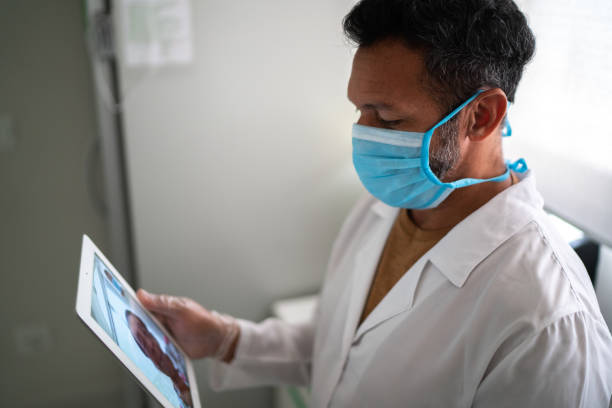In an era of transformative technological advancements, the healthcare industry has witnessed a significant shift towards more patient-centric care. Among these innovations, Remote Patient Monitoring Solutions have emerged as a beacon of hope for both healthcare providers and patients. However, as we embark on this journey towards a more connected healthcare system, we must navigate the intricate regulatory landscape that governs these solutions. This blog post delves into the world of Remote Patient Monitoring Solutions, with a primary focus on addressing senior care needs, all while keeping an eye on the guiding star.
Understanding the Remote Patient Monitoring Solutions
Remote Patient Monitoring Solutions, often abbreviated as RPM, encompass a suite of technologies and services designed to monitor and collect medical and other health data from patients, regardless of their physical location. The data collected is then transmitted to healthcare professionals who can assess and respond to any issues promptly. RPM has gained substantial recognition for its ability to enhance patient care, streamline healthcare processes, and reduce healthcare costs.
The Benefits of RPM for Addressing Senior Care Needs
Addressing Senior Care Needs through RPM is one of the primary areas of focus in today's healthcare landscape. With an aging population, there's an increasing demand for proactive and personalized care. RPM provides a lifeline to seniors, ensuring they receive the attention and care they need. Let's delve into the core advantages of RPM in addressing senior care needs:
Continuous Monitoring: RPM enables continuous tracking of vital signs and health parameters, which is crucial for elderly individuals with chronic conditions.
Timely Intervention: Real-time data transmission allows healthcare providers to intervene promptly in case of any concerning health changes.
Reduced Hospitalizations: Senior citizens often face avoidable hospitalizations due to unmanaged health issues. RPM can significantly reduce hospital admissions by ensuring early intervention.
Improved Quality of Life: With RPM, seniors can maintain their independence while receiving the care they need, improving their overall quality of life.
Now that we've explored the benefits, it's time to navigate the regulatory framework that governs RPM solutions.
Navigating the Regulatory Landscape
The regulatory environment surrounding RPM solutions is essential to ensure patient safety, data security, and the efficacy of these technologies. Several key regulations and standards govern the development and deployment of RPM solutions, including:
HIPAA (Health Insurance Portability and Accountability Act): RPM data often contains sensitive patient information. HIPAA regulations ensure the confidentiality and security of this data.
FDA (Food and Drug Administration): If an RPM solution includes medical devices, it may be subject to FDA regulations, particularly if it's used for diagnosing or treating diseases.
CMS (Centers for Medicare & Medicaid Services): Medicare and Medicaid reimbursements for RPM services come with specific requirements, and compliance is essential for providers to receive payment.
State Regulations: State laws may vary in terms of telehealth and RPM practices, so it's crucial to understand and adhere to local regulations.
Interoperability Standards: Ensuring that RPM systems can communicate with Electronic Health Records (EHR) and other healthcare systems is vital for comprehensive patient care and regulatory compliance.
Your Compliance Partner
As you navigate the complex regulatory landscape of Remote Patient Monitoring Solutions, Global Touch LLC stands as a reliable partner to guide you through the process. With their expertise and commitment to providing top-notch RPM solutions, you can rest assured that your senior care needs will be addressed efficiently and in full compliance with all relevant regulations.
Conclusion
As the healthcare landscape evolves with the integration of Remote Patient Monitoring Solutions, it's vital to be well-informed about the regulatory requirements that govern this technology. When it comes to addressing senior care needs while ensuring compliance, Global Touch LLC is your trusted partner. Their commitment to quality care and adherence to regulations will help you navigate the ever-changing healthcare landscape with confidence. Embrace RPM, ensure compliance, and provide top-tier care to our senior citizens.
As you embark on this journey, don't hesitate to reach out to Global Touch LLC for expert guidance and comprehensive RPM solutions. Together, we can transform senior care and improve the lives of countless individuals.




Comments
Post a Comment